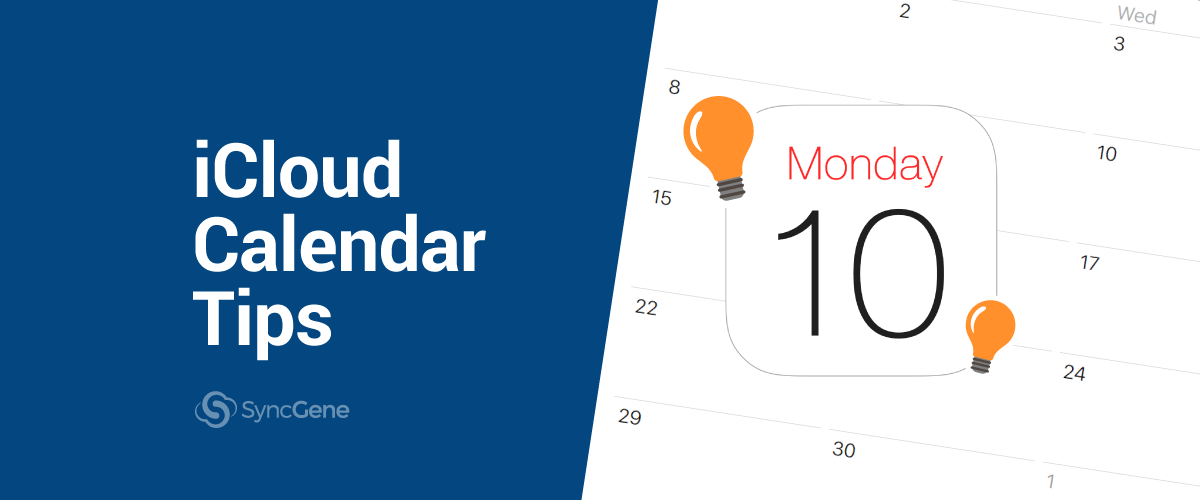
iCloud Calendar Tips
Behind Apple’s cleanly designed calendar lies some great ways to stay updated and connected. Check out our iCloud Calendar tips to help you make the best out of your online calendar across Apple devices.
Table of Contents:
Think Different
With the release of the iPhone in 2007, Apple revolutionized how we live with technology once again.
Instead of having multiple devices for communication and entertainment, the iPhone provided an all-in-one solution. Being able to phone, message, email and play music from the same device set a new standard for what a phone can do and sparked the modern smartphone revolution.
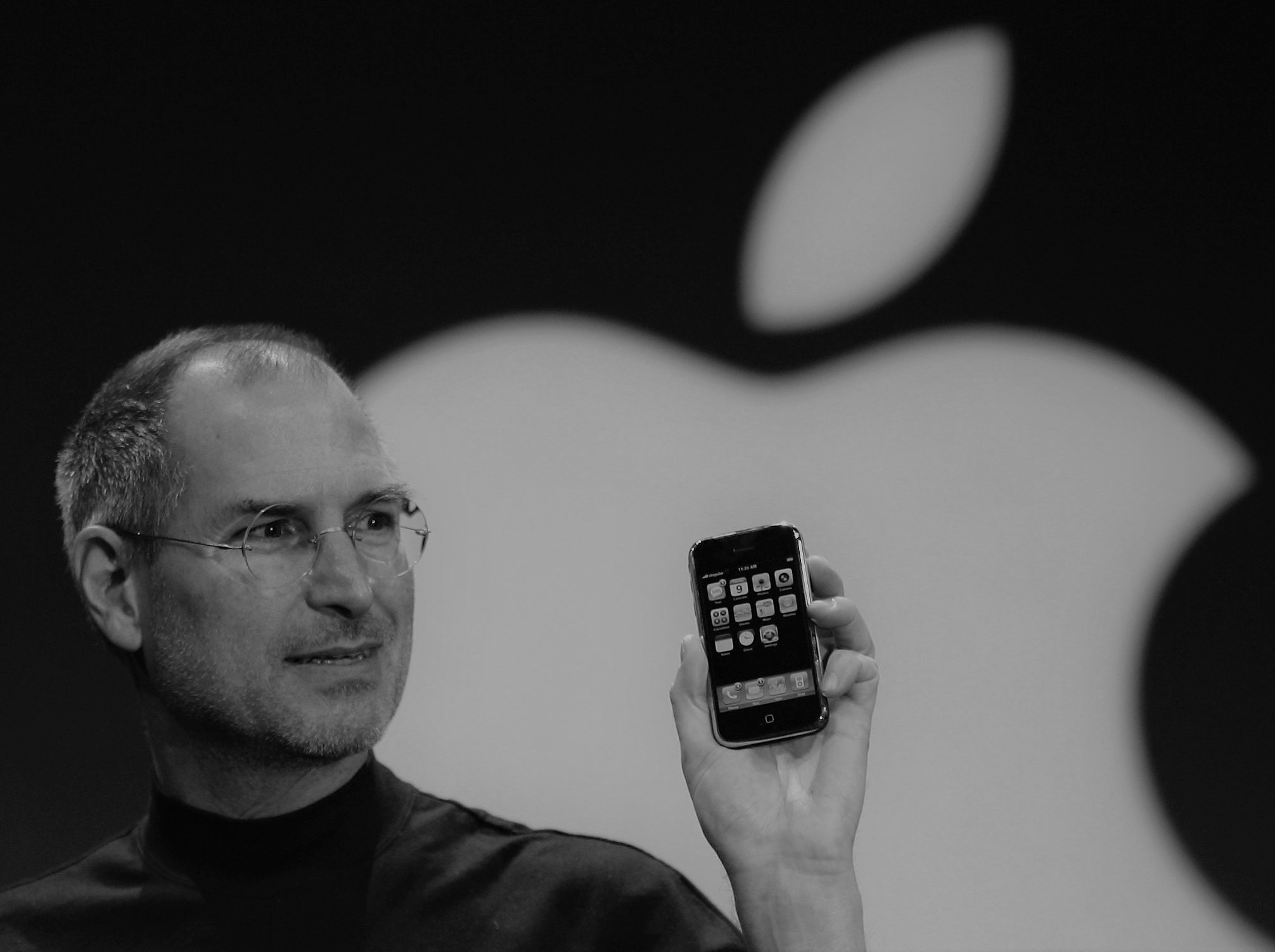
We count on our phones to do even more nowadays.
We watch movies, shop for groceries, check our bank balances, and much more. Of course, the essentials still matter too. Our physical address books, calendars and to-do lists are now at our fingertips on our phones instead.
Apple also looked at how a calendar can do more for its owner and refined the iCloud Calendar included on all their devices. Although it looks just like a traditional wall calendar, it has a lot of clever ideas to help you stay organized.
We’ll take a look at some tips and useful features to help make the best of your iCloud Calendar.
Schedule with Siri
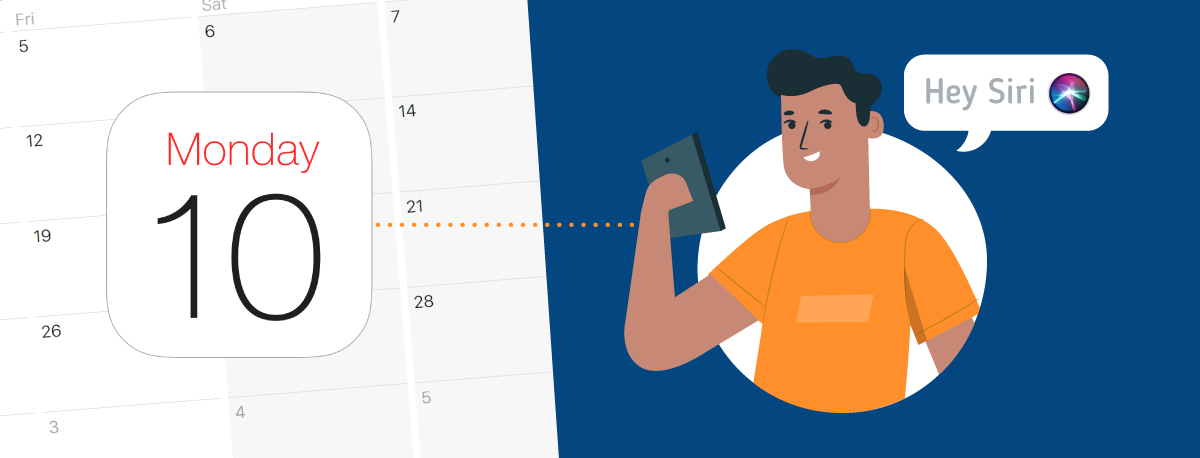
Having a personal assistant for your everyday tasks is something everyone wants from time to time. Siri – the darling virtual assistant of Apple devices – is exactly that.
Siri can schedule and remind you about events on your iCloud Calendar. All you have to do is ask.
Simply tell Siri all the details for the event and confirm to add it to your calendar. You can give the date, time, and location to Siri and even request a reminder beforehand too. Plus, you can update existing events in the same way.

In some cases, you don’t even need to ask to add an event.
If you have any messages or emails about an event, Siri will recognize event details and suggest adding it to your iCloud Calendar. Just click the date or time included in the message and you can create an event straight from the message.

Event Attachments
Now that you’ve created your event, why not add more details to it? You can add attachments to your iCloud Calendar events for a more engaging calendar reminder.
This could be photos, spreadsheets, documents – anything you need, really. This feature helps you to consolidate everything you need to know about your event in one place. It’s also useful to quickly brief your event attendees too.

Just select the event, press edit and add your files. The best part is you can attach files from your desktop computer and view them from your handheld devices – all thanks to iCloud’s synchronization. And we love synchronization here at SyncGene.
Another detail you can add to events is the location. Start writing the event details and Siri will suggest the location complete with address and a mini map. Clicking on the address will show you the location in Apple Maps and give you directions on how to get there.
Default Alert Times
Everyone’s had that moment when an event completely slipped their mind. Maybe it was a family member’s birthday or an appointment that was booked weeks ago. It’s understandable if you always have a busy schedule with a lot going on.
If you’re worried about forgetting events, here’s a handy little solution.
You can add a default alert time for all events in the iCloud Calendar. Choose to be notified a week or a few days before your contacts’ birthdays or upcoming events.

Having a small nudge like this helps you to plan ahead and prepare everything you need in advance. Not to mention, you’ll avoid the awkward faux-pas of forgetting your nearest and dearest’s birthdays and sending them wishes too late.
Share iCloud Calendar
If you ever need a way to relay your schedule quickly to someone, this is a tip you need.
You can share your iCloud Calendar with others so that they can see what you have planned.
It takes just a few steps to share an iCloud Calendar:
- Select which calendars you would like to share
- Add the email address of the person it will be shared with
- Choose their viewing and editing permissions
- Send the invitation to access your calendar

There are a few catches, however.
- The invitee must have an Apple ID and use iCloud to access a private, editable iCloud Calendar
- If the Calendar is shared as public, anyone with the link can access the calendar but cannot edit events
Read how to share iCloud Calendars with SyncGene below if you want others to access your calendars without an iCloud account.
Sync Outlook Calendar with iCloud
There isn’t a lot of support to sync Outlook with iCloud from Microsoft or Apple natively.
Using a public iCloud Calendar from the previous step, you can subscribe to an iCloud calendar with a shared link. Again, this is a ‘View-Only’ calendar, meaning events cannot be edited.

You can add an Outlook Calendar to iCloud but only with a personal Microsoft account or using an Exchange account. This is no use for those who want to sync their corporate, desktop Outlook account with iCloud.
The best way to sync Outlook Calendar with iCloud is by using SyncGene. This way, you can see calendars and events from both platforms at the same time and make edits on either platform.
Events are synchronized automatically from each calendar, so you don’t need to set up calendar subscriptions or enter events twice. And SyncGene doesn’t duplicate events from calendars, it detects and matches them so your calendars can stay clear and organized.
There are more options for sync directions too. You can choose to sync your calendars in certain ways from one platform to the other. For example, you can sync Outlook with iCloud Calendars one-way or just your availability as ‘free-busy’.
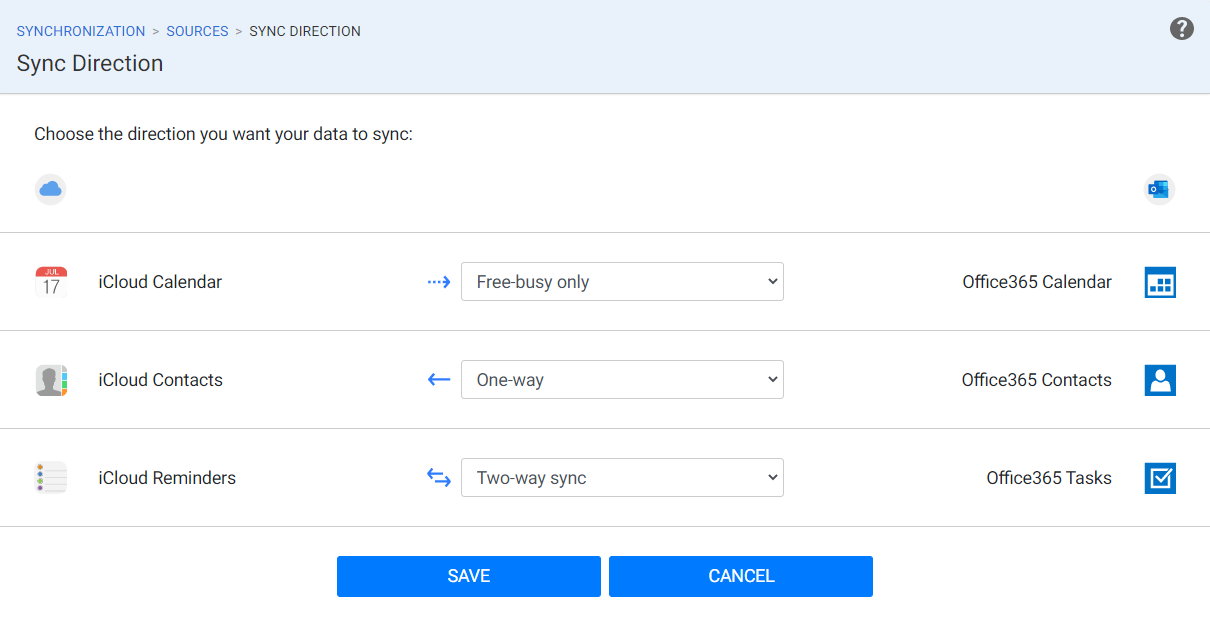
Being able to respond, edit and create Outlook events from iCloud is especially useful if you’re on the go. You can keep calendars in sync across your devices and computers wherever you are.
Share iCloud Calendars with SyncGene
SyncGene also enables you to share Calendars with custom rights. Invite another user to access the Calendars with rights as a co-owner, with standard editing rights, or just to view and see your availability.
This way, you can interlink calendars with others to see their actual availability. This saves heaps of time from the usual back-and-forth of trying to find out who’s free and when.
Once you have added your account in SyncGene, it works in three quick steps:
- Select iCloud as the source to share from
- Choose which calendar you would like to share from iCloud
- Enter the email addresses of the user to share with specify their access rights
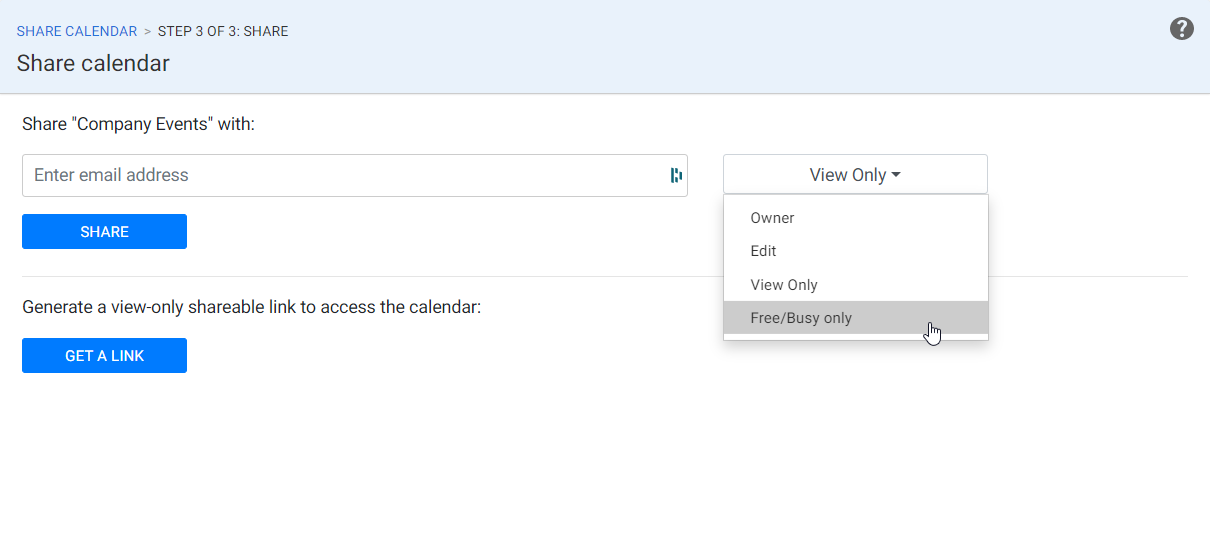
The invitee will just need to accept the Calendar invitation from their email. They can even choose how and where this calendar will appear alongside their own calendars. In the case of an editable iCloud calendar, they don’t even need an iCloud ID – just a SyncGene account.
Sync iCloud Calendars and more
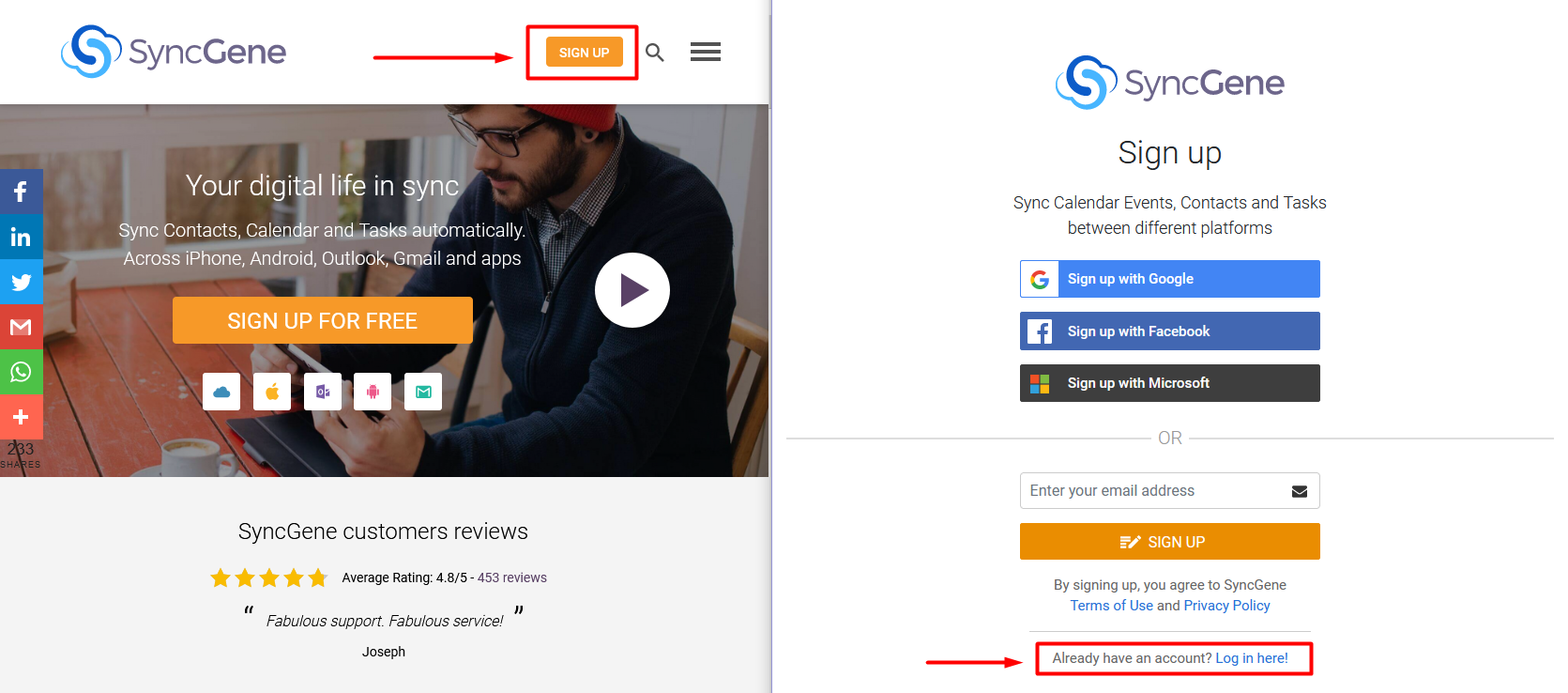
SyncGene doesn’t just sync calendars – it works to connect your contacts across iCloud, Outlook and Google too.
Automatic synchronization ensures that all your information is updated across accounts:
- Collate all your calendars for a single view of what’s going on
- Update your address books and share contacts across platforms
Stay updated wherever you are with synchronization across computers, smartphones and tablets. And connect your family or your team with synchronization too.








%20white.svg)
.svg)